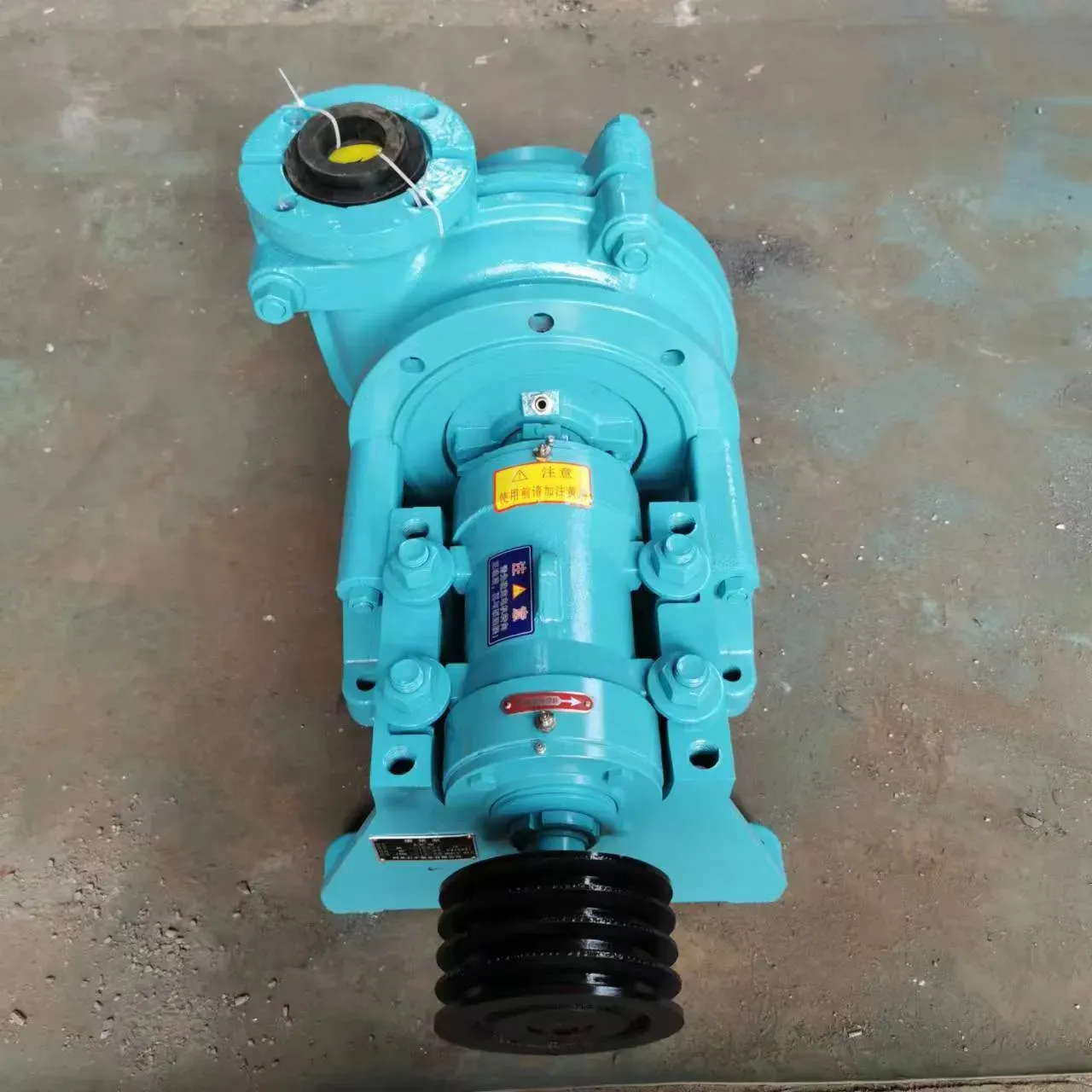Miao
- Afrikaans
- Albanian
- Amharic
- Arabic
- Armenian
- Azerbaijani
- Basque
- Belarusian
- Bengali
- Bosnian
- Bulgarian
- Catalan
- Cebuano
- Corsican
- Croatian
- Czech
- Danish
- Dutch
- English
- Esperanto
- Estonian
- Finnish
- French
- Frisian
- Galician
- Georgian
- German
- Greek
- Gujarati
- Haitian Creole
- hausa
- hawaiian
- Hebrew
- Hindi
- Miao
- Hungarian
- Icelandic
- igbo
- Indonesian
- irish
- Italian
- Japanese
- Javanese
- Kannada
- kazakh
- Khmer
- Rwandese
- Korean
- Kurdish
- Kyrgyz
- Lao
- Latin
- Latvian
- Lithuanian
- Luxembourgish
- Macedonian
- Malgashi
- Malay
- Malayalam
- Maltese
- Maori
- Marathi
- Mongolian
- Myanmar
- Nepali
- Norwegian
- Norwegian
- Occitan
- Pashto
- Persian
- Polish
- Portuguese
- Punjabi
- Romanian
- Russian
- Samoan
- Scottish Gaelic
- Serbian
- Sesotho
- Shona
- Sindhi
- Sinhala
- Slovak
- Slovenian
- Somali
- Spanish
- Sundanese
- Swahili
- Swedish
- Tagalog
- Tajik
- Tamil
- Tatar
- Telugu
- Thai
- Turkish
- Turkmen
- Ukrainian
- Urdu
- Uighur
- Uzbek
- Vietnamese
- Welsh
- Bantu
- Yiddish
- Yoruba
- Zulu
Telephone: +86 13120555503
Email: frank@cypump.com
Dec . 04, 2024 16:03 Back to list
Efficient Methods for Concrete Pumping in Pipeline Systems
Understanding Pipeline Concrete Pumping
Concrete pumping is an essential aspect of modern construction. It allows for the efficient and effective transfer of concrete from its mixing point to the desired location on a construction site. Among the various methods of concrete placement, pipeline concrete pumping has gained popularity due to its ability to transport concrete over long distances and to hard-to-reach areas. This article aims to delve into the intricacies of pipeline concrete pumping, its benefits, and applications in the construction industry.
What is Pipeline Concrete Pumping?
Pipeline concrete pumping involves using a pipe system to convey liquid concrete from the mixing facility to the site of application. This method typically employs a concrete pump, which can be either a boom pump or a line pump. A boom pump is equipped with a robotic arm that can reach significant heights and distances, making it suitable for large construction projects, such as multi-story buildings. On the other hand, line pumps utilize flexible hoses and pipes, allowing for easier maneuverability around obstacles and tighter spaces.
Advantages of Pipeline Concrete Pumping
1. Efficiency and Speed One of the primary benefits of pipeline concrete pumping is the speed at which concrete can be delivered. Traditional methods, such as using trucks and manual placement, can lead to delays and increased labor costs. Concrete pumps can continuously supply concrete, significantly reducing labor hours and enabling faster concrete pouring.
2. Precision and Control Pipeline systems allow for precise control over the flow of concrete. This capability ensures that the concrete is accurately placed in the required locations, reducing the chances of spillage or wastage. This level of control is especially vital in intricate projects where precision is paramount.
3. Access to Difficult Locations Concrete pumps can deliver concrete to places that are hard to reach, such as high-rise buildings, narrow alleyways, or remote areas. This versatility makes pipeline concrete pumping an invaluable tool for various construction scenarios.
pipeline concrete pumping

4. Reduced Labor Requirements By automating the concrete delivery process, pipeline pumping minimizes labor needs. Fewer workers are required on-site, which decreases project costs and potential liabilities associated with manual handling.
5. Minimized Environmental Impact Using pipeline systems can lead to lower noise and dust levels compared to traditional methods. This reduction in environmental impact is increasingly important as construction sites become more regulated and cities seek ways to minimize disturbances.
Applications of Pipeline Concrete Pumping
Pipeline concrete pumping is utilized across various sectors of construction. Its applicability ranges from residential buildings to extensive infrastructure projects. In residential construction, it facilitates the pouring of foundations and slabs. In commercial construction, it is instrumental in erecting large structures such as office buildings, shopping malls, and hotels.
Furthermore, pipeline concrete pumping plays a critical role in infrastructure projects. Roads, bridges, and tunnels often require significant amounts of concrete, and pipeline pumping allows for precise delivery in these challenging environments. The flexibility and range of pipeline systems make them suitable for these large-scale applications, ensuring that concrete is applied efficiently.
Conclusion
In conclusion, pipeline concrete pumping has revolutionized the way concrete is delivered and placed in construction projects. Its numerous advantages, including speed, efficiency, precision, and reduced labor requirements, make it a preferred choice for contractors and construction managers alike. As the construction industry continues to evolve, pipeline concrete pumping is likely to play an even more significant role, allowing for the successful completion of complex projects while minimizing costs and maximizing efficiency. With its ability to adapt to various project needs, pipeline concrete pumping is a vital technology that underpins modern construction practices.
-
Heavy-Duty Mining Sludge Pumps - Wear-Resistant Slurry Handling
NewsAug.02,2025
-
Horizontal Split Case Pump with GPT-4 Turbo | High Efficiency
NewsAug.01,2025
-
ISG Series Pipeline Pump - Chi Yuan Pumps | High Efficiency, Durable Design
NewsAug.01,2025
-
Advanced Flue Gas Desulfurization Pump with GPT-4 Turbo | Durable & Efficient
NewsJul.31,2025
-
ISG Series Vertical Pipeline Pump - Chi Yuan Pumps | Advanced Hydraulic Design&Durable Construction
NewsJul.31,2025
-
ISG Series Vertical Pipeline Pump - Chi Yuan Pumps | Energy Efficient & Low Noise
NewsJul.31,2025










